Top image: Last known photograph of Admiral Isoroku Yamamoto alive saluting naval pilots at Rabaul, April 18, 1943. (Photographer unknown, 昭和18年4月 / April 1943, Wikicommons)
The man perhaps most associated with the “Day of Infamy,” Pearl Harbor attack mastermind Admiral Isoroku Yamamoto, was killed fighting a war he thought was a losing venture. Having spent years in the United States and fully aware of the nation’s manpower and industrial might, he knew Imperial Japan could ill-afford a protracted and attritional conflict.
A veteran of Japan’s crushing defeat of the Russian Navy in the Tsushima Strait in 1904, he was wounded in combat, losing two fingers and suffering abdominal scars from shrapnel. Given his naval experiences, Yamamoto believed that a single decisive battle was the only way to secure a Japanese victory. Lacking men, material, and natural resources, the island nation was at a strategic disadvantage vis-à-vis the United States. When shown figures that claimed Japan would be able to fight the Americans for only 18 months, Yamamoto replied: “It’s the same as my own studies . . .”¹ Despite his figures and doubts about Japanese victory in a protracted war, he proffered the plan for the December 7 raid and earned a special ire from Americans.
In the years following Pearl Harbor as war raged in the Pacific, American code breakers were able to decipher Japanese naval code (JN-25) messages, unbeknownst to the enemy. While such code breaking made a difference at the Battle of Midway, this capability would soon provide another important lead and an opportunity for vengeance. On April 14, 1943, US radio interception sites copied a Japanese message and sent it to the Fleet Radio Unit Pacific (FRUPAC) at Pearl Harbor where cryptologists worked for hours to decipher the message and determine its relevance.² Through careful analysis, FRUPAC found the transmission to be a detailed accounting of the Japanese naval chief’s visit on and around Bougainville Island in the South Pacific. Intended as a visit to congratulate Japanese crews on their (inflated) claims against the Americans in the Solomon Island chain, Yamamoto’s itinerary had him flying a leg from Rabaul to an airbase on Ballale (Balalae) Island near Bougainville. Known for being punctual, the admiral’s plane was scheduled to arrive at the airbase 0745 on the 18th.³
With the Americans operating out of Henderson Airfield on Guadalcanal, intercepting the Yamamoto’s flight was a possibility. However, Navy and Marine Corps F4F Wildcat and F4U Corsair fighters did not have the range to travel the estimated 435 miles to the planned interception point. The only fighters capable of that range were the US Army Air Forces’ P-38 Lightnings. This twin-boom fighter was known for its ability to climb and packed a powerful punch with four .50 caliber machine guns and a 20 mm cannon. The mission, dubbed Operation Vengeance, was headed by Major John W. Mitchell using 18 P-38s from the 12th, 339th, and 70th Fighter Squadrons. To make the journey, the planes were fitted with two external fuel tanks to extend their range.⁴ With two aircraft as spares, four were designated as the “kill flight” and were led by Captain Tom Lanphier. The remaining twelve aircraft would provide top cover for the mission with the expectation of other Japanese aircraft coming to the Yamamoto’s defense.
After taking off the morning of April 18, the P-38s flew for over two hours and reached the interception point on the western edge of Bougainville on time. Flying at wave top level, the fighters took a circuitous route to avoid detection by Japanese forces in the area while heading to the expected rendezvous point. Inbound to the target area, two P-38s had mechanical trouble, and the two spare aircraft took their place. As the Americans arrived on the Bougainville coast, so too did Yamamoto’s flight. Consisting of two G4M Betty bombers from the 705th Kōkūtai with an escort of six Zero fighters from the 204th Kōkūtai, the formation was 15 minutes away from landing. The admiral was in the lead plane along with a fleet medical officer, another staffer, and Yamamoto’s aide.⁵ In the second Betty was Yamamoto’s Chief of Staff Admiral Matome Ugaki along with several other staff officers who would bear witness to the demise of the Japanese navy’s commander in chief.
Japanese aircraft during World War II were of lightweight construction with relatively lower horsepower engines compared to their western counterparts. However, these characteristics gave Japanese planes incredible range and maneuverability. The tradeoff for such performance was poor defensive armament, with no armor to protect the crews or the planes’ vital components.⁶ While American aircraft had self-sealing fuel tanks, Japanese aircraft were devoid of this safety measure. The large fuel capacity of the G4M Betty made it an easy target, with Allied pilots giving it the nickname “Flying Zippo” because it could easily be set aflame. This Achilles heel, combined with the firepower of the P-38s, made the Betty a sitting duck.
The Japanese formation flew at 6,500 feet, with the Zero escorts above and behind the Bettys in an overwatch position. They were en route to Ballale for their 0745 landing when the Americans were spotted below.⁷ The twin-boom design of the P-38 was unmistakable to the escorts as they began to dive to meet the Americans. Surprised at the sight of not one but two G4Ms, the Americans released their external fuel tanks and climbed as the Bettys dove to just above the jungle canopy. However, one of the four “kill flight” P-38s could not release its external tank. As a result, the P-38 and his wingman were unable to help in the initial attack of the bombers. With only two P-38s remaining as a part of the “kill flight,” the pilots continued on their mission regardless of the odds.⁸ Accounts of what happened during the ensuing melee differ. According to Lanphier, the Zero escorts attempted to intercept the P-38s’ approach to the bombers. Lanphier, with his wingman Captain Rex Barber in tow, claimed to down a Japanese fighter before turning on the lead G4Ms. (However, Japanese accounts show no fighter losses on the mission, and credit for the kill was later revoked, dropping Lanphier’s air-to-air kills for the war to four.)
With both Barber and Lanphier focusing on the lead bomber, their rounds struck the plane. Witnesses saw this Betty heading down, trailing smoke as it crashed into the jungle. Observed by a horrified Chief of Staff Ugaki, he later recalled:
“I just said to myself, ‘My God!’ I could think of nothing else. I grabbed the shoulder of the Air Staff Officer Muroi, pointed to the first aircraft [Yamamoto’s G4M] and said, ‘Look at the commander in chief’s plane!’ This became my parting with him forever. All this happened in about 20 seconds. … The next glance revealed that the plane was no more to be seen, only a pall of black smoke rising from the jungle. … Oh! Everything was over now.”⁹
Because the pilots of the “kill flight” did not expect to see two G4Ms, they had no idea which plane the Yamamoto might be on. As a result, Ugaki had little time to reflect as his aircraft was the next target. Feeling his plane taking hits from the P-38s’ powerful punch, the pilot lost control of the plane, crashing into the sea at full speed. Feeling the water rush into the fuselage and with everything turning black, Ugaki eventually awoke to find himself floating on the sea. While he survived, along with three others on his plane, Yamamoto’s Betty was not as fortunate, as the entire crew and all passengers perished.¹⁰
In recovering Yamamoto’s remains, his body was found still strapped in his seat, thrown from the plane but still clutching his samurai sword and described as being “in a state of great dignity.”¹¹ An autopsy found two rounds in the admiral, one in his jaw and the other in his shoulder. Medical personnel determined that he was dead before the plane crashed. Given the gravity of the loss, Yamamoto’s death was not revealed until a month later on May 21. The impact of the loss was incalculable, and the Japanese nation mourned his passing. A state funeral was held in Tokyo on June 5 with part of his ashes interred at the Tama Cemetery in Tokyo and at his ancestral home in Nagaoka.
Despite the inexplicable loss of P-38 pilot Raymond K. Hind, all other members of the flight returned to home base and subsequently received the Navy Cross for their actions. However, credit for the downing of Yamamoto’s plane became a controversy. Was it Barber or Lanphier who sent the Japanese naval commander in chief to his death? With Barber coming back with 104 holes in his airplane, he claimed the kill. However, Lanphier made the same claim. The Air Force gave both men credit for the kill, but over the years the controversy would endure. Following Lanphier’s passing in 1987, Barber continued to claim, as late as 1991, full credit for the kill. Eventually, the Secretary of the Air Force and the US 9th Circuit Court of Appeals became involved in the controversy. In the end, and in light of various accounts and considerations, the Air Force continued to credit each pilot with the kill.
¹ Hiroyuki Agawa, The Reluctant Admiral: Yamamoto and the Imperial Navy, (Tokyo; Kodansha International, 1979), 232-233.
² US Naval History and Heritage Command (USNHHC), H-018-2 Operation Vengeance, Available at: https://www.history.navy.mil/about-us/leadership/director/directors-corner/h-grams/h-gram-018/h-018-2.html (Accessed 2 April 2023)
³ USNHHC; Wesley Frank Craven and James Lea Cate, The Army Air Forces in World War II: Volume Four, The Pacific: Guadalcanal to Saipan, August 1942-July 1944, (Chicago IL; University of Chicago Press, 1950), 213-214.
⁴ Craven and Cate, 213-214.
⁵ Eric Bergerud, Fire in the Sky: The Air War in the South Pacific, (Boulder, CO; Westview Publishing, 2000), 215; Agawa, 347-348; Craven and Cate, 214.
⁶ Bergerud, 213.
⁷ Bergerud, 216; Agawa, 348.
⁸ Agawa, 348, Craven and Cate, 214, Bergerud. 216.
⁹ Bergerud, 217.
¹⁰ Bergerud, 217.
¹¹ Bergerud, 218.
John Curatola, PhD
John Curatola, PhD, is the Samuel Zemurray Stone Senior Historian at the Jenny Craig Institute for the Study of War and Democracy.
Cite this article:
MLA Citation:
APA Citation:
Chicago Style Citation:
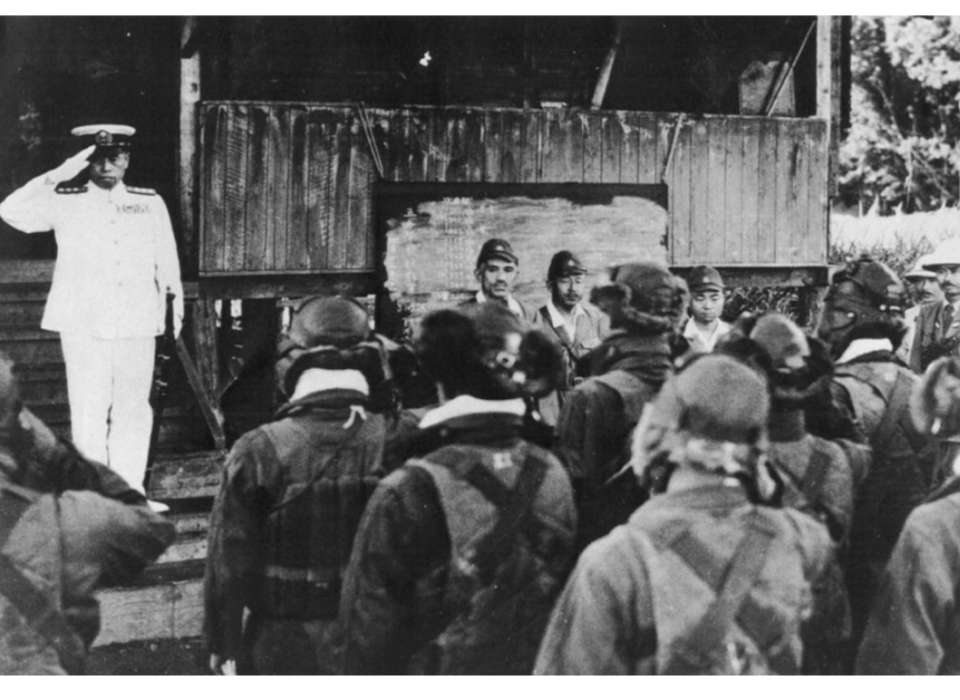
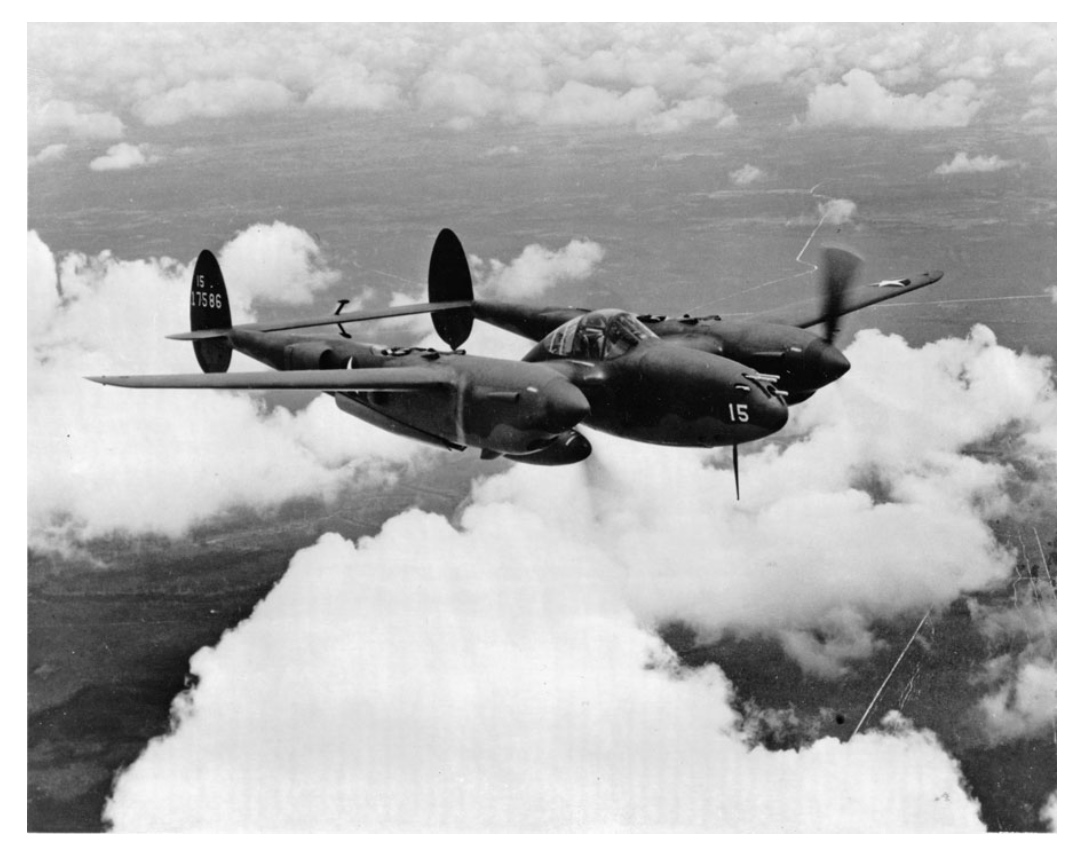
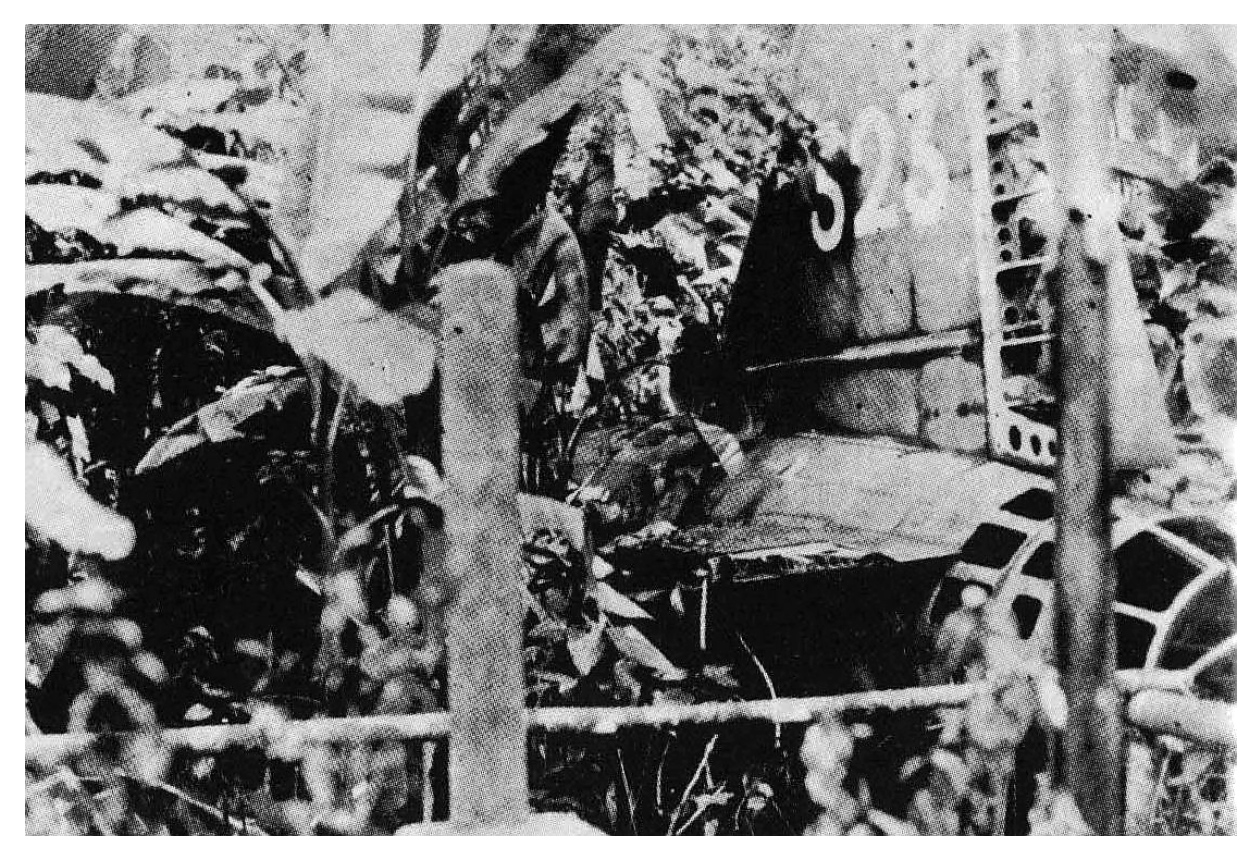
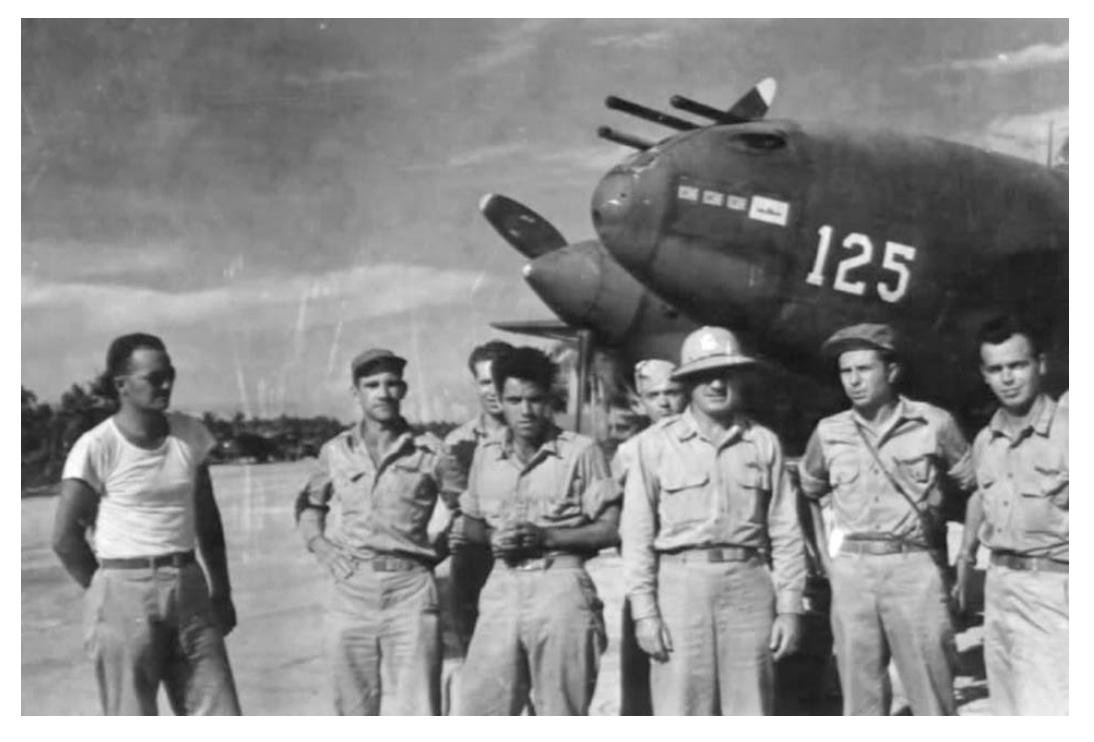
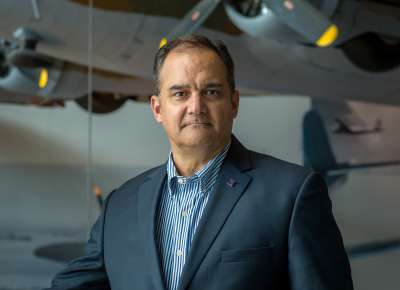





![Max Fuchs, New York City cantor, sings as Rabbi Sydney [sic] Lefkowitz, Richmond, VA, conducts the first Jewish services from Germany.](/sites/default/files/styles/max_650x650/public/2025-10/image1.jpg)

